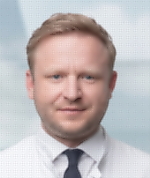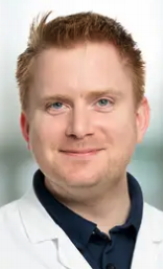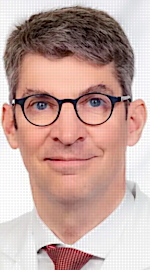Next Issue in January 2026
Our next issue will be published in January 2026
Swiss Journal of Radiology and Nuclear Medicine is a Member of the Directory of Open Access Journals (DOAJ) https://doaj.org/toc/2813-7221
Read more about Next Issue in January 2026





































































